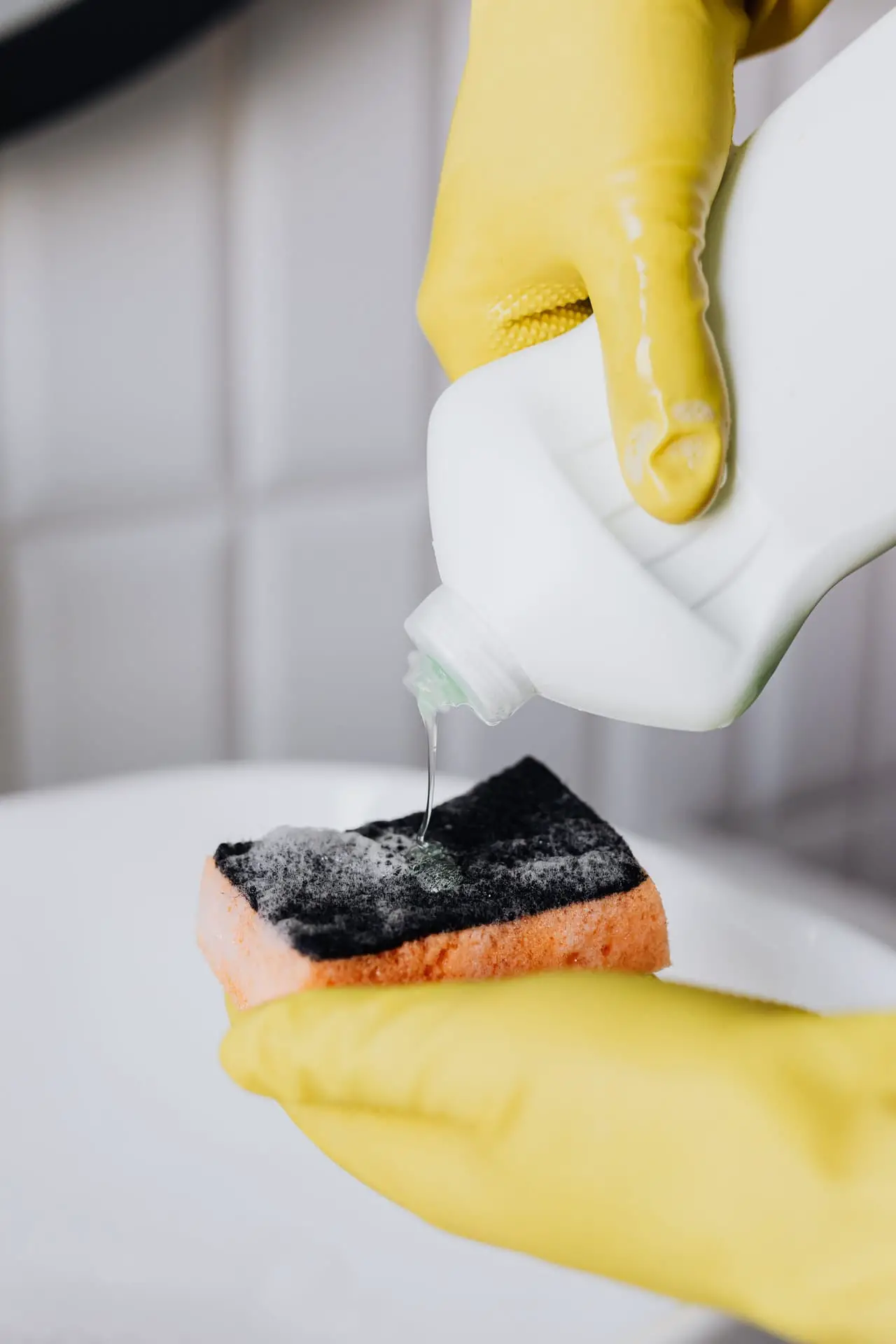Did you know that there are different types of sponges available on the market? And each type of sponge has its own set of unique benefits and uses. In this blog post, we will discuss the different types of sponges and their uses. We will also provide tips on how to choose the perfect sponge for your needs. So, without further ado, let’s get started!
Table of Contents
The Synthetic Sponge
The first type of sponge that we will discuss is the synthetic sponge. Synthetic sponges are made from man-made materials, such as polyurethane or foam. They are typically less expensive than other types of sponges and they are also durable and long-lasting.
However, synthetic sponges can be a little stiff and they can also trap bacteria, which makes them a poor choice for cleaning sensitive surfaces or areas.
Uses of Synthetic Sponges
Synthetic Sponges can be used to clean surfaces such as countertops, floors, and walls. They can also be used to clean dishes and other kitchen appliances.
The Natural Sponge
The next type of sponge that we will discuss is the natural sponge. Natural sponges are made from organic/plant materials, such as seaweed, coral, shells, or vegetable fibers. They are typically more expensive than synthetic sponges, but they are also softer and more absorbent.
Natural sponges also tend to be biodegradable, which means that they can be composted or recycled.
Uses of Natural Sponges
Natural sponges can be used to clean a variety of surfaces, including countertops, floors, walls, dishes, and other kitchen appliances. They can also be used for bathing and personal hygiene.
The Cellulose Sponge
The next type of sponge that we will discuss is the cellulose sponge. Cellulose sponges are made from plant materials, such as wood pulp or cotton. They are typically soft, absorbent, and durable.
However, cellulose sponges can be a little bit expensive and they can also trap bacteria.
Uses of Cellulose Sponges
Cellulose sponges can be used to clean a variety of surfaces, including countertops, floors, walls, dishes, and other kitchen appliances. They can also be used for bathing and personal hygiene.
The Foam Sponge
The next type of sponge that we will discuss is the foam sponge. Foam sponges are made from synthetic materials, such as polyurethane or foam. They are typically soft, absorbent, and durable. However, foam sponges can be a little bit expensive and they can also trap bacteria.
Uses of Foam Sponges
Foam sponges can be used to clean a variety of surfaces, including countertops, floors, walls, dishes, and other kitchen appliances. They can also be used for bathing and personal hygiene.
The Washing Sponge
The final type of sponge that we will discuss is the washing sponge. Washing sponges are made from natural materials, such as seaweed, coral, shells, or vegetable fibers. They are soft and absorbent, but they tend to be less durable than other types of sponges.
Uses of Washing Sponges
Washing sponges can be used to clean a variety of surfaces, including countertops, floors, walls, dishes, and other kitchen appliances. They can also be used for bathing and personal hygiene.
Microfiber Cloths
Microfiber cloths are made from synthetic materials, such as polyester or nylon. They are soft and absorbent, but they tend to be less durable than other types of sponges.
Uses of Microfiber Cloths
Microfiber cloths can be used to clean a variety of surfaces, including countertops, floors, walls, dishes, and other kitchen appliances.
So, now that you know about the different types of sponges available on the market, how do you choose the perfect one for your needs?
How to Choose the Perfect Sponge for Your Needs
- The first thing you need to do is decide what type of sponge you want to use.
- Are you looking for a natural, biodegradable sponge that can be composted or recycled? Or are you looking for a synthetic sponge that will last longer and won’t trap bacteria?
- Once you’ve decided which type of sponge you want, you need to decide what purpose it will serve.
- Do you need a sponge for general cleaning? Or are you looking for a specific type of sponge for a specific task, such as dishwashing or bathing?
- Once you’ve answered these questions, it will be much easier to choose the perfect sponge for your needs.
Why Is it Important to Use a Specific Sponge?
Now that we have discussed the different types of sponges available on the market, you may be wondering why it is important to use a specific type of sponge. Well, each type of sponge has its own unique benefits and uses. For example:
- Synthetic sponges are durable and long-lasting;
- Natural sponges are soft and absorbent;
- Cellulose sponges are soft, absorbent, and durable;
- Foam sponges are soft, absorbent, and durable. However, foam sponges can be a little bit expensive and they can also trap bacteria.
- Washing sponges are soft and absorbent, but they tend to be less durable than other types of sponges. They can be quite useful in cleaning dishes.
So, depending on what your needs are, you should choose a sponge that best meets those needs. For example: if you need something that will last for a long time, then synthetic or cellulose might be the way to go. If you need something soft and absorbent, then natural might be the best option. And if you are looking for something that is both soft and durable, then foam might be the right choice for you!



